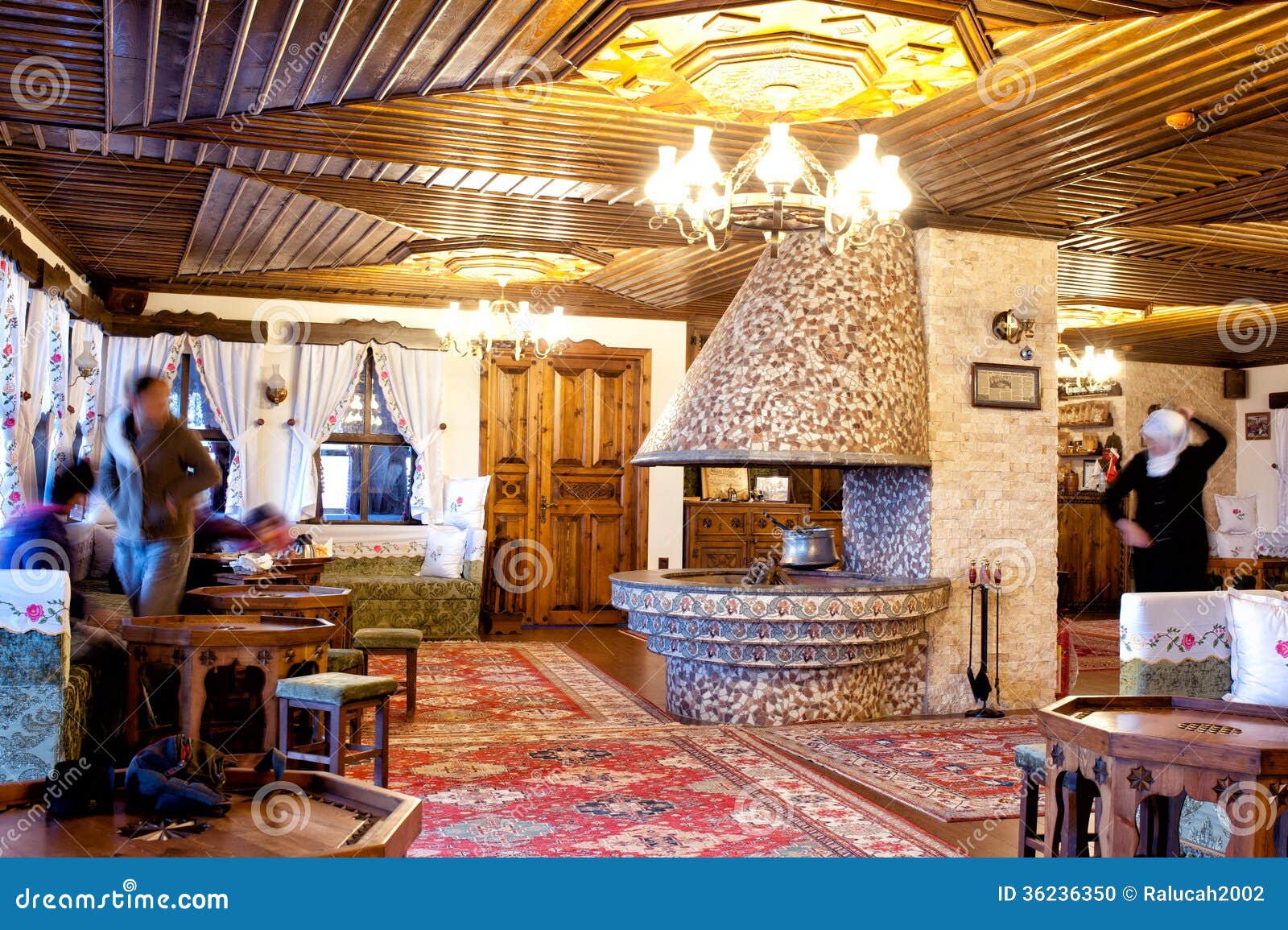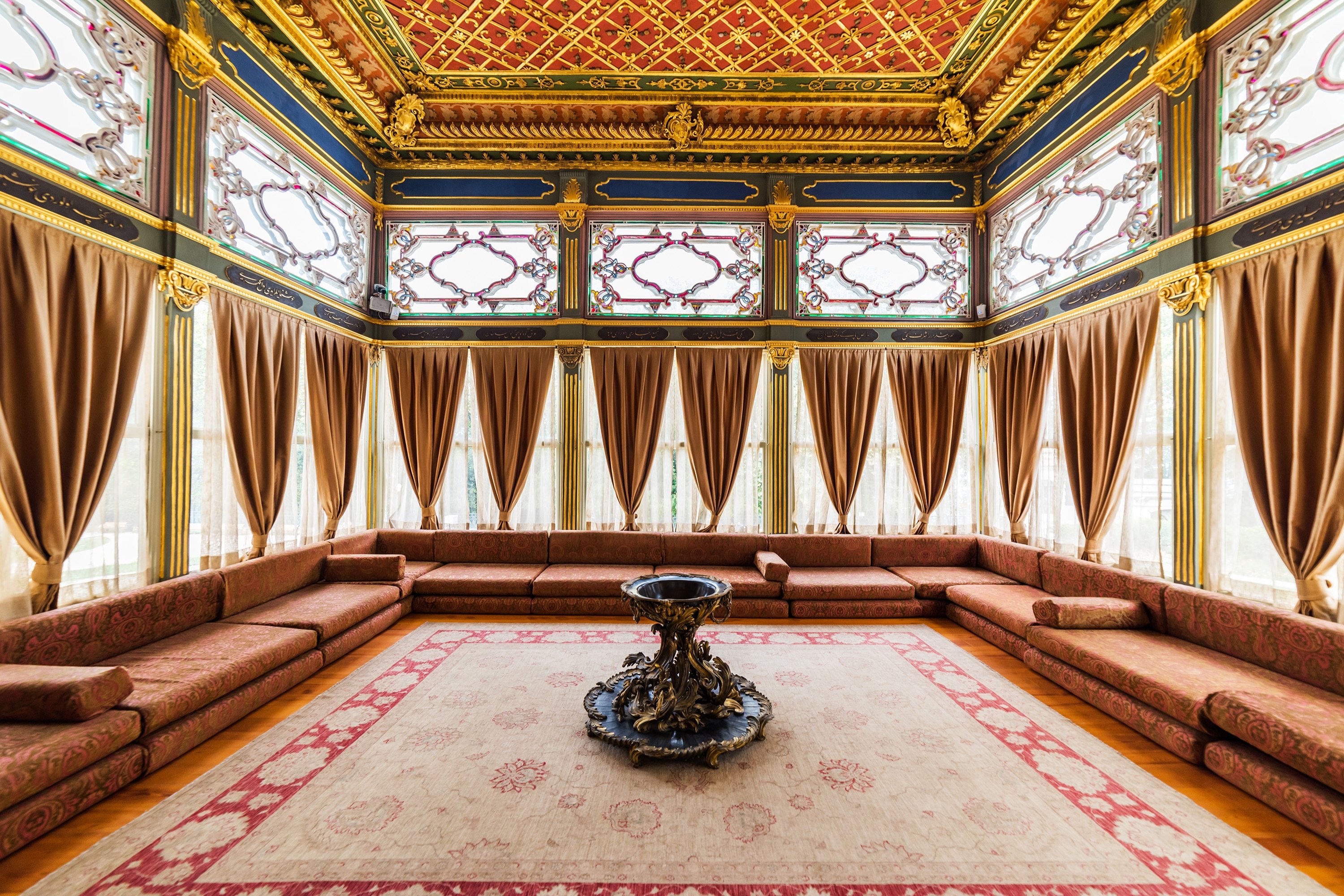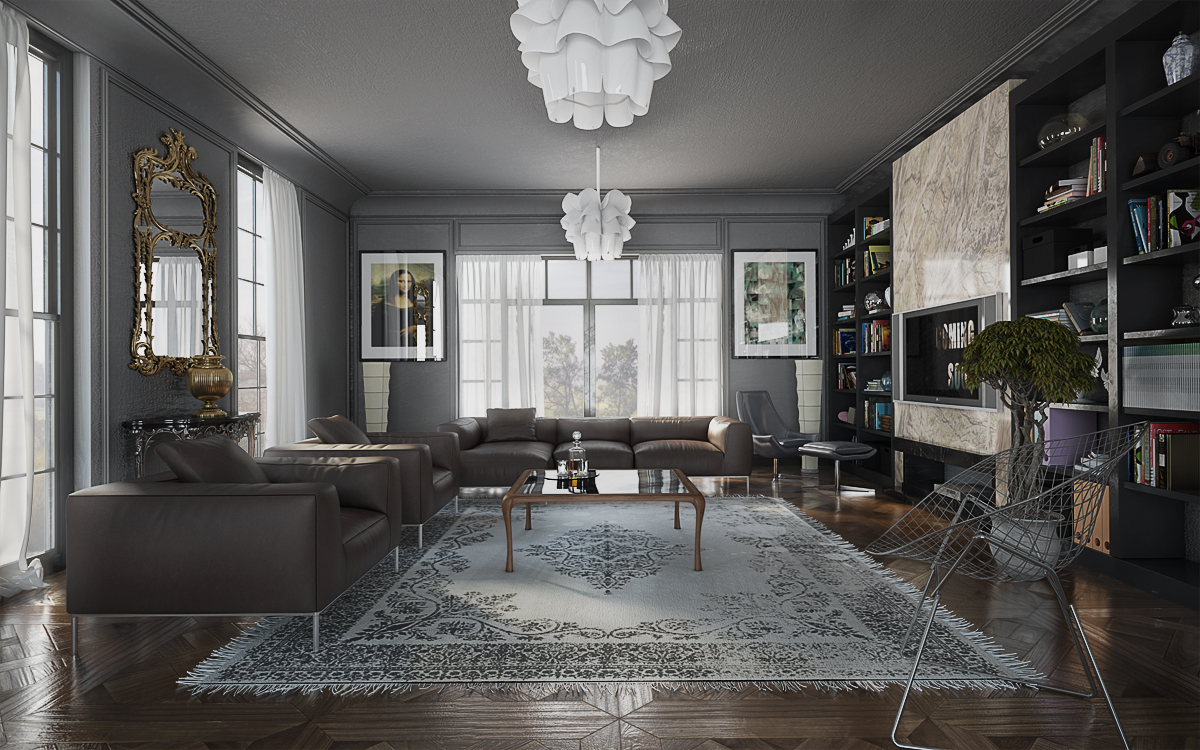Design Elements and Aesthetics

Turkish interior design is a harmonious blend of traditional and modern elements, with influences from various cultures throughout history. The result is a unique and captivating style that exudes elegance, comfort, and a deep connection to nature.
Architectural influences are evident in the use of high ceilings, arched doorways, and intricate moldings. Patterns play a significant role, with geometric designs, floral motifs, and arabesques adorning walls, fabrics, and furnishings. Color palettes often feature warm and earthy tones, such as gold, turquoise, and deep reds, complemented by vibrant accents of blue, green, and yellow.
Traditional Turkish Motifs
Traditional Turkish motifs are a defining characteristic of the country’s interior design. Geometric designs, often inspired by Islamic art, create a sense of order and symmetry. Floral patterns, reminiscent of the lush gardens of the Ottoman Empire, add a touch of nature and femininity. Arabesques, with their intricate interlacing lines, evoke the grandeur of Islamic architecture and bring a sense of opulence to any space.
Natural Elements and Materials, Turkish interior design
Natural elements and materials are highly valued in Turkish interior design. Wood is a popular choice for furniture, flooring, and architectural details, adding warmth and a touch of rustic charm. Stone, particularly marble and travertine, is used for countertops, tiles, and decorative accents, creating a sense of solidity and elegance. Textiles, such as cotton, silk, and velvet, play a vital role in adding texture, color, and comfort to the space.
Functional Spaces and Layouts: Turkish Interior Design

Turkish interior design – Turkish homes are typically designed with a focus on functionality and comfort, with a seamless flow between indoor and outdoor spaces. The layout of rooms is often open and airy, with courtyards and terraces playing a significant role in creating a sense of spaciousness and connection to nature.
Distinct zones are created for different activities, such as living, dining, and sleeping. These zones are often defined by the use of different furniture arrangements, lighting, and architectural elements.
Traditional Turkish Furniture Designs
Traditional Turkish furniture designs are characterized by their intricate carvings, rich colors, and comfortable upholstery. These pieces are often made from wood, metal, or a combination of both materials. They are typically low to the ground, with cushions and pillows used for seating.
Modern Turkish Furniture Designs
Modern Turkish furniture designs are more minimalist and contemporary, with clean lines and simple shapes. These pieces are often made from metal, glass, or plastic, and they are typically higher off the ground than traditional Turkish furniture. They are designed to be both functional and stylish, and they can be used in a variety of settings.
Lighting and Textiles

Lighting and textiles play a crucial role in Turkish interior design, shaping the ambiance and enhancing the overall aesthetics of a space. Natural light is highly valued, with large windows and skylights being common features to maximize its presence. Artificial lighting is used to complement natural light, creating a warm and inviting atmosphere. Textiles, such as rugs, curtains, and cushions, add color, texture, and pattern, bringing a sense of richness and depth to the space.
Textiles
Turkish textiles have a rich history and are renowned for their intricate designs and vibrant colors. Traditional Turkish textiles, such as kilims, suzanis, and ikats, are often incorporated into contemporary interiors to add a touch of authenticity and cultural heritage. These textiles can be used as rugs, wall hangings, or upholstery, adding a touch of warmth and visual interest to the space.
Turkish interior design is known for its intricate patterns, vibrant colors, and luxurious fabrics. In recent years, marshmallow wallpaper has emerged as a popular choice for those looking to add a touch of whimsy and elegance to their homes. This unique wallpaper features a soft, velvety texture that resembles the fluffy texture of marshmallows.
The delicate pastel shades of marshmallow wallpaper create a calming and inviting atmosphere, making it an ideal choice for bedrooms, living rooms, and other spaces where relaxation is key. While it adds a modern twist to traditional Turkish interior design, marshmallow wallpaper seamlessly complements the rich colors and intricate patterns that are characteristic of this style.
Turkish interior design is renowned for its intricate patterns and vibrant colors. It emphasizes comfort and functionality, creating a harmonious living space. By incorporating principles of holistic interior design , Turkish interiors can further enhance well-being and foster a connection with nature.
This approach focuses on using sustainable materials, incorporating natural light, and creating spaces that promote physical and mental relaxation.